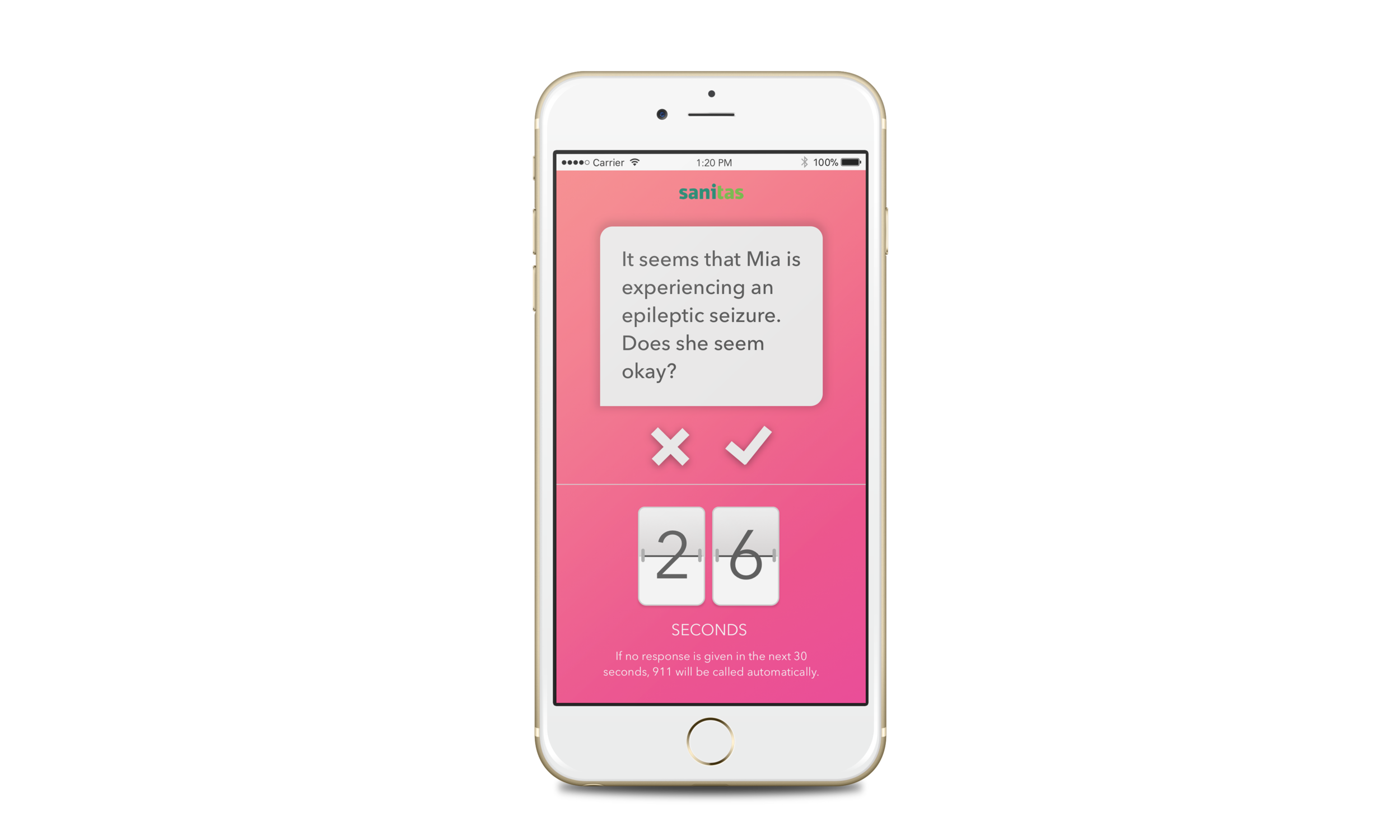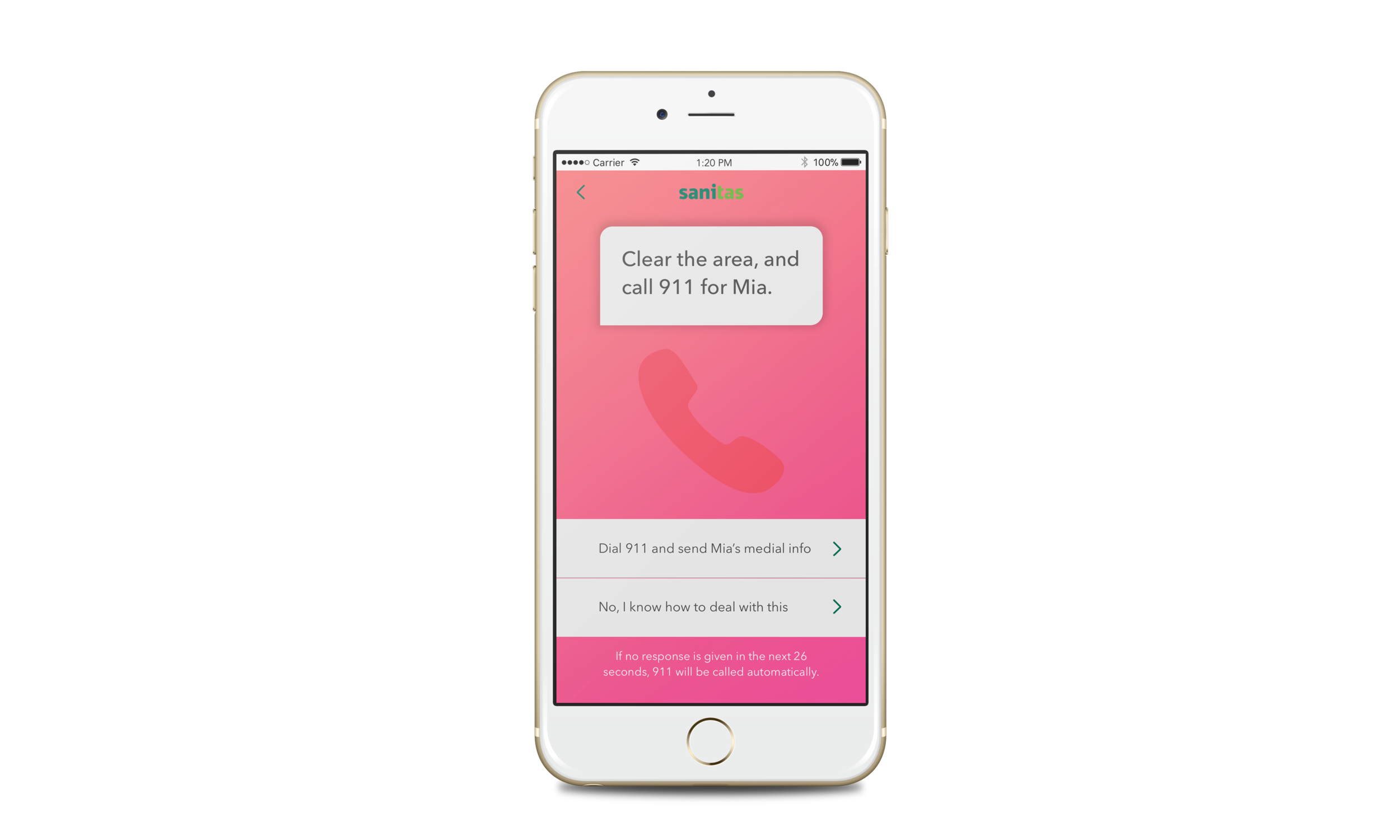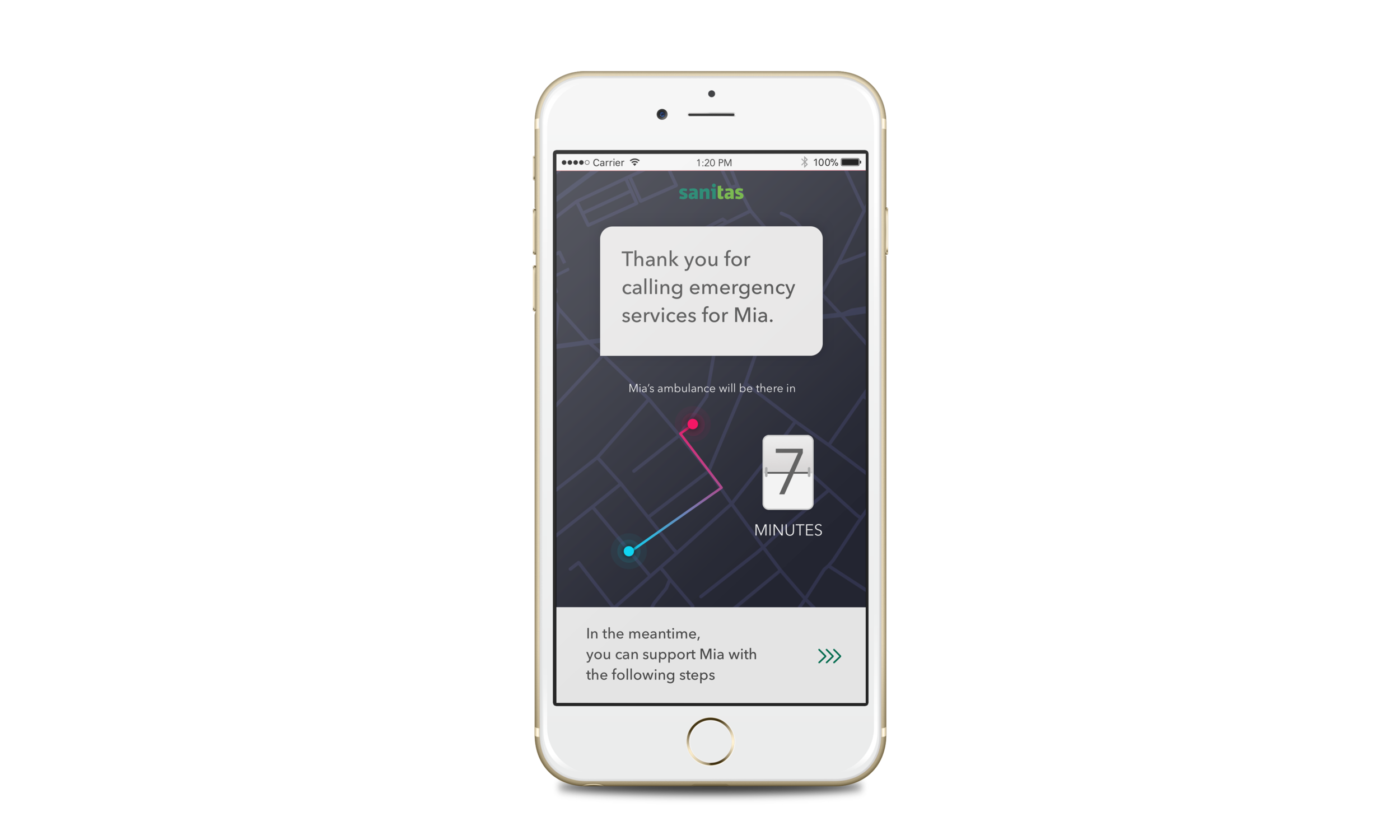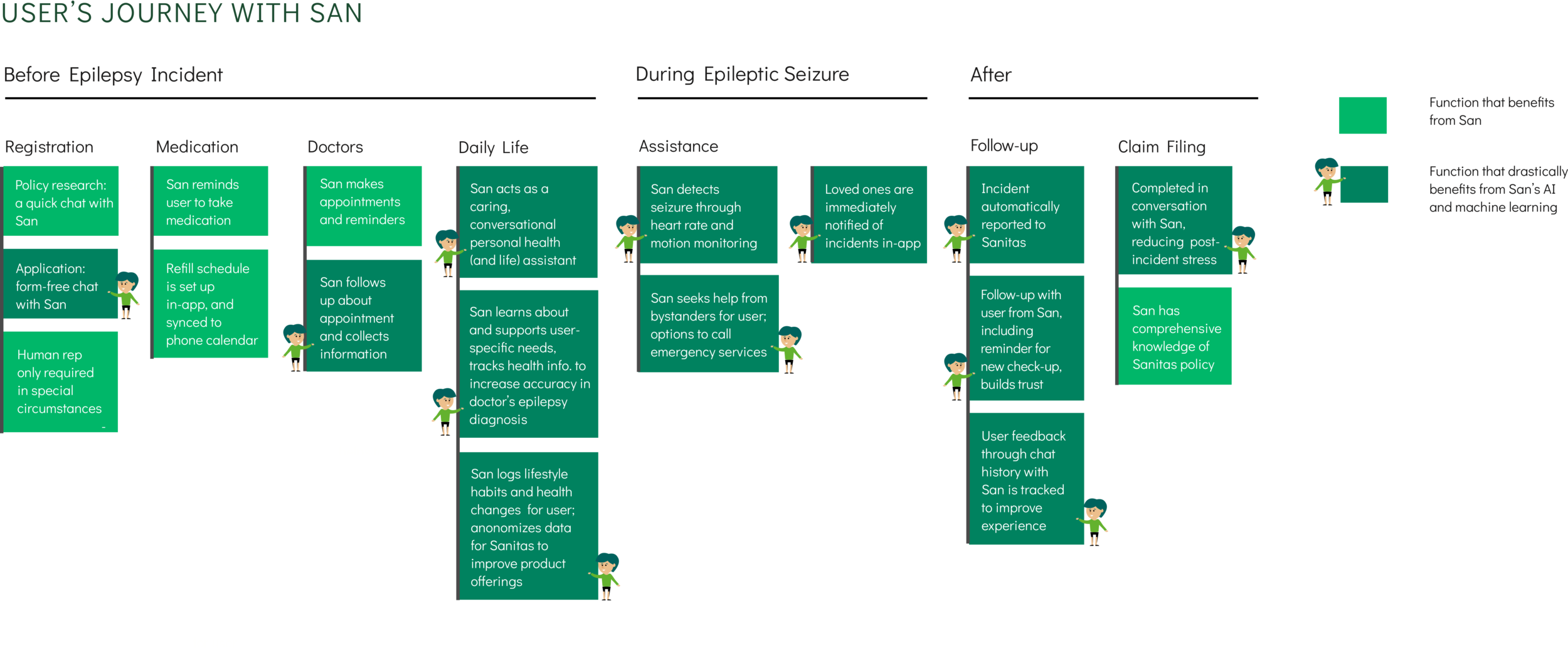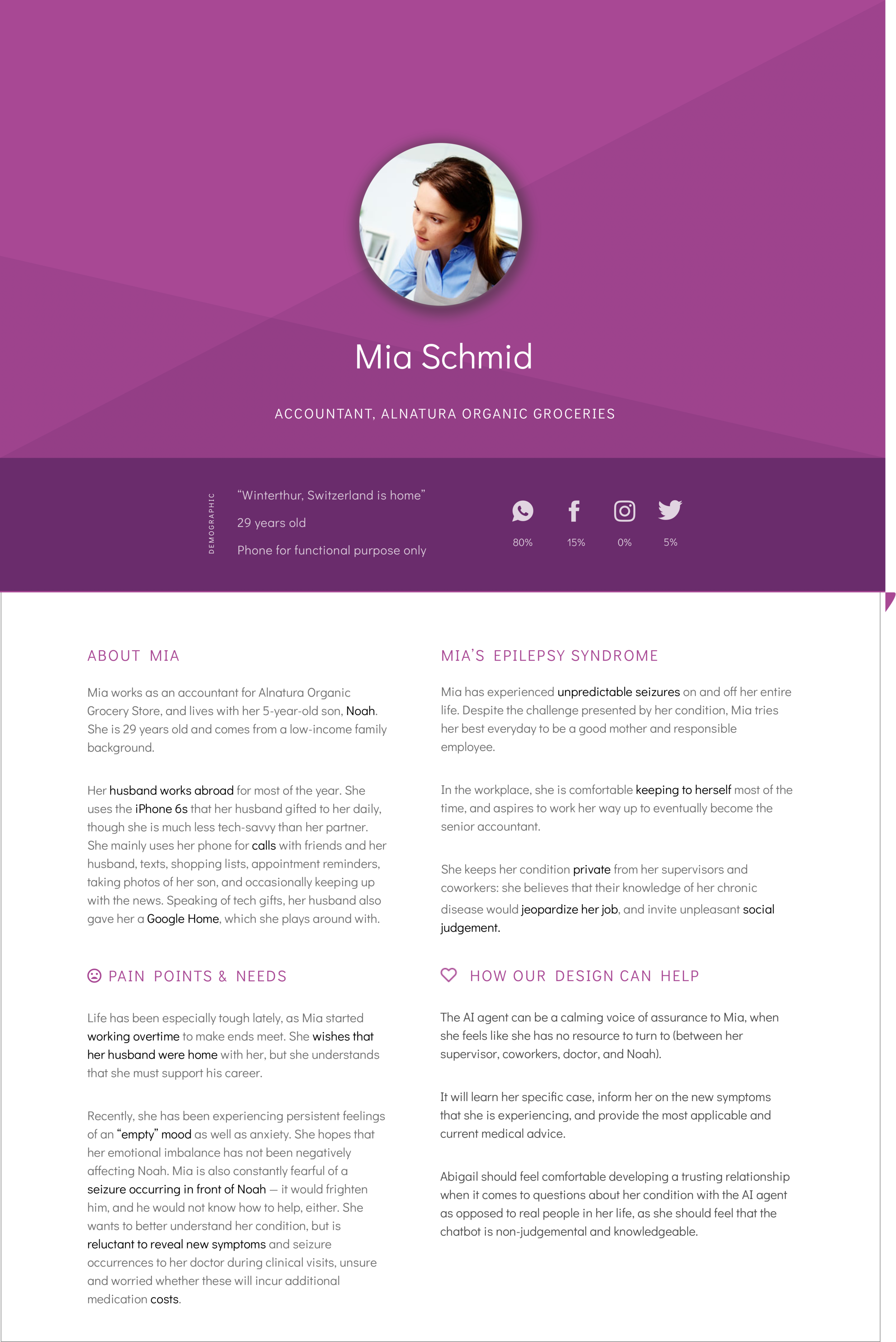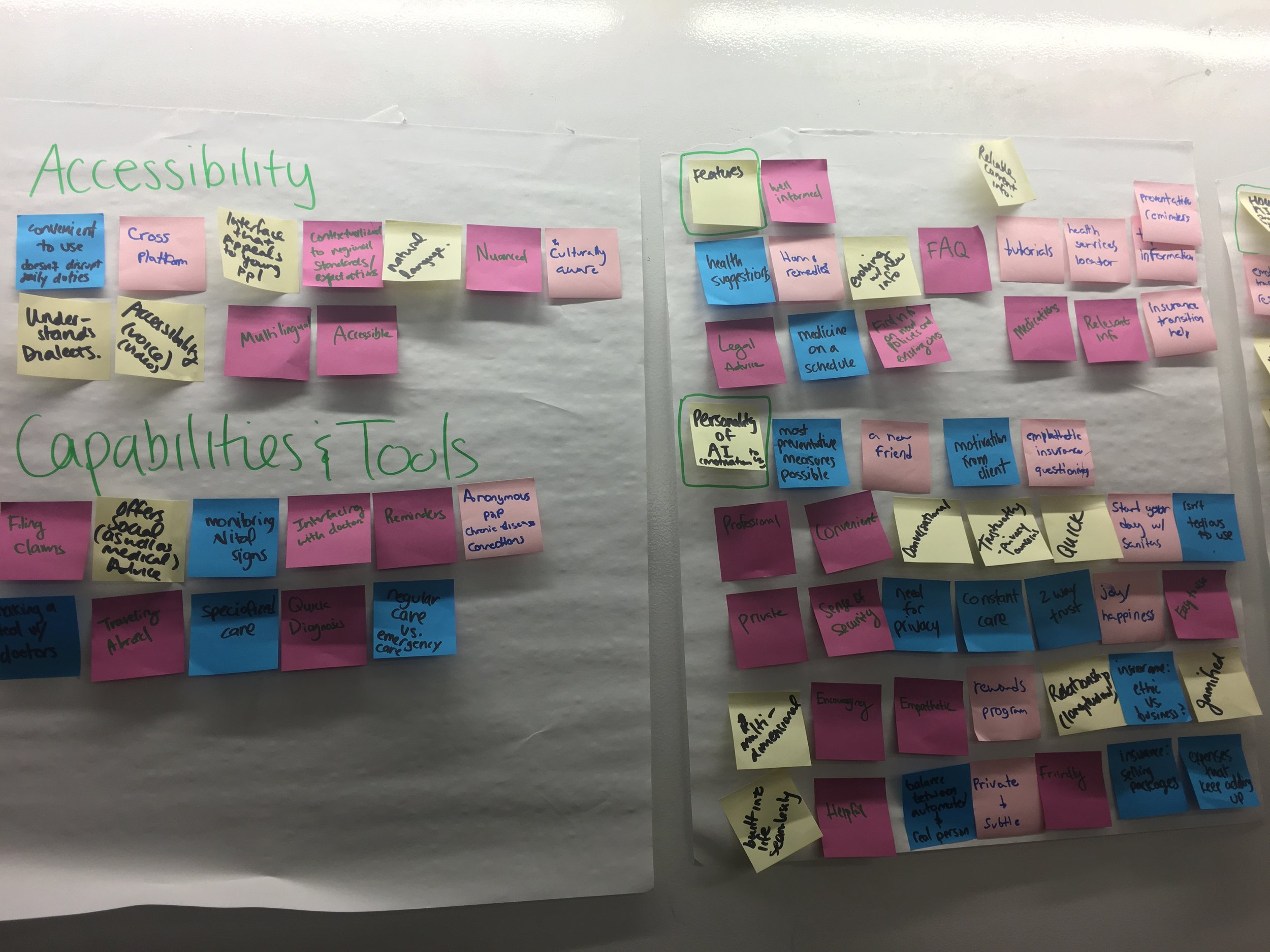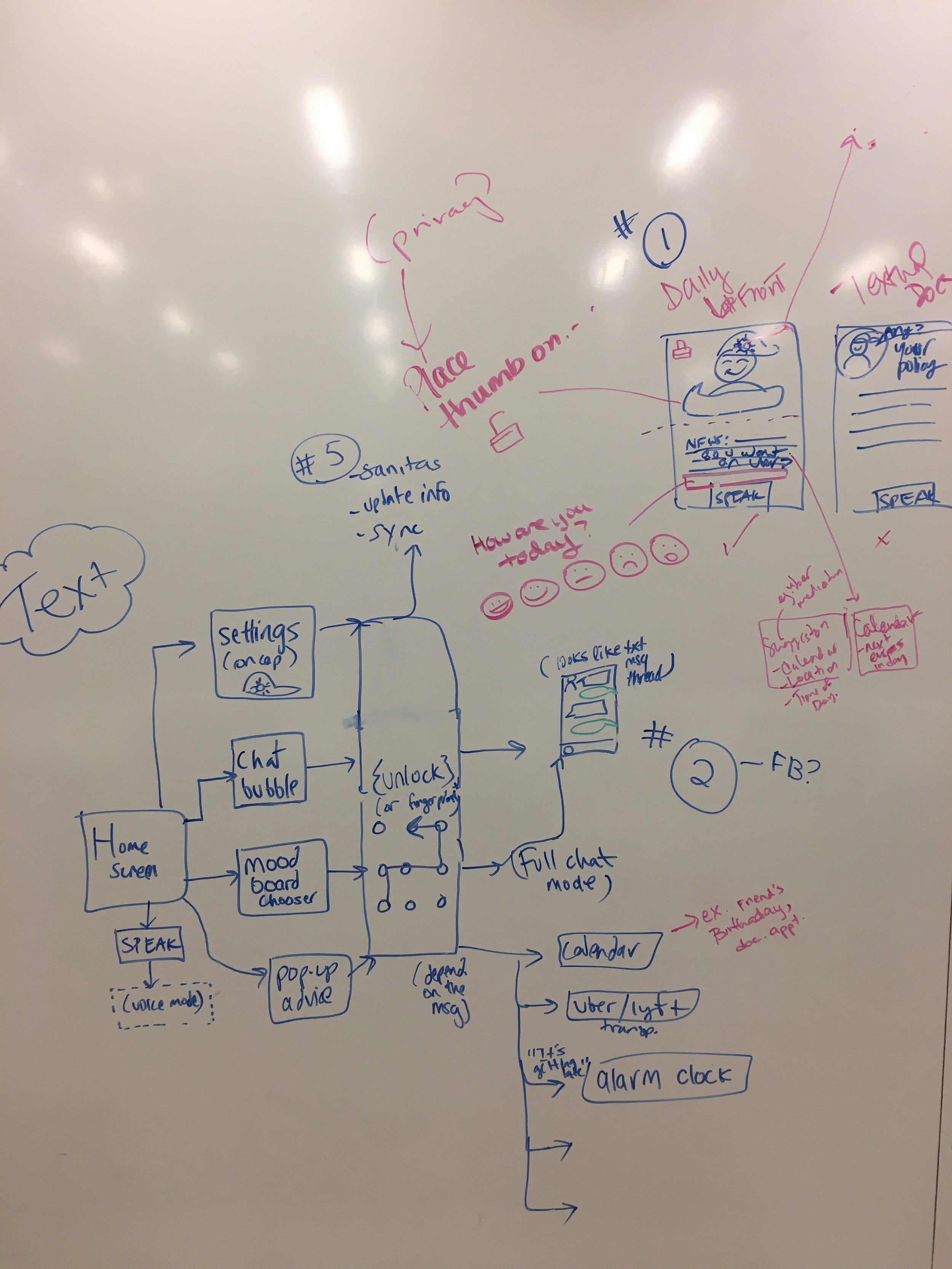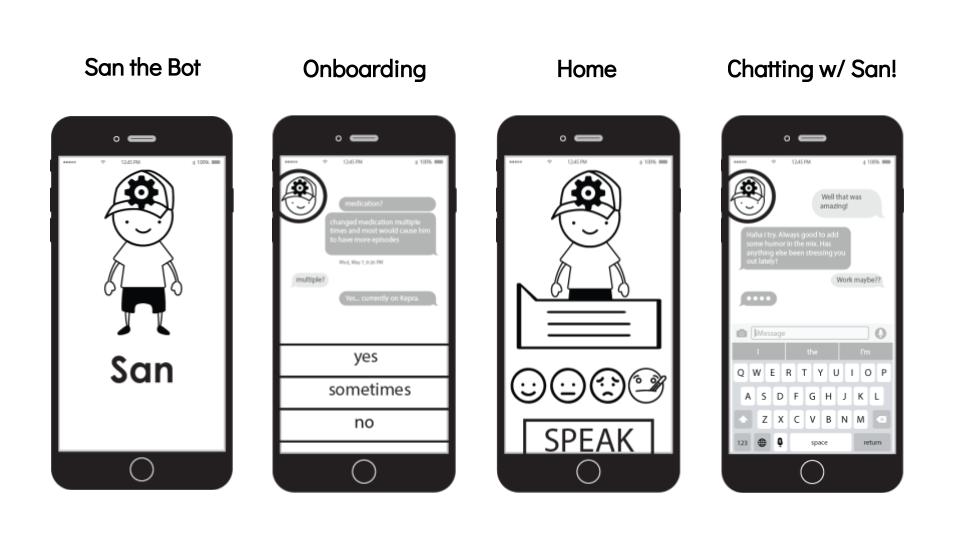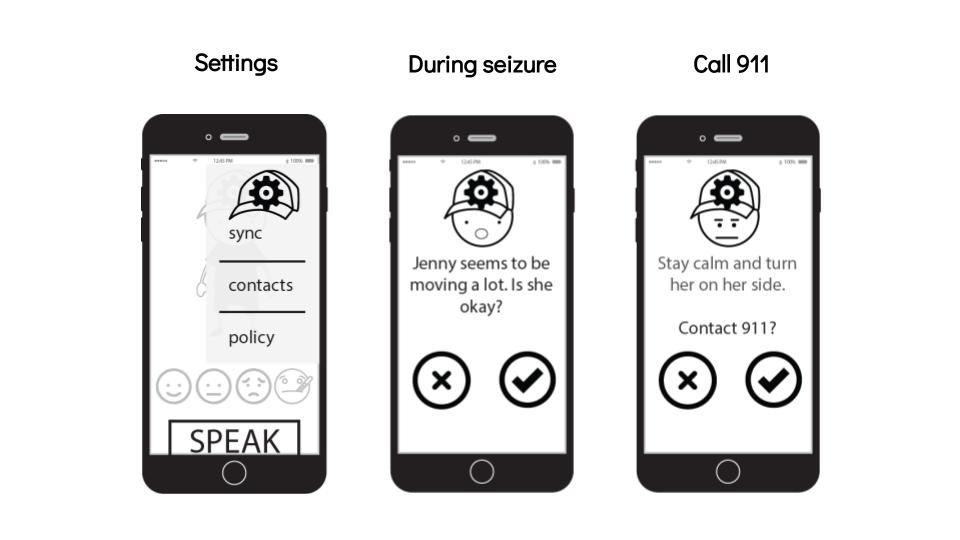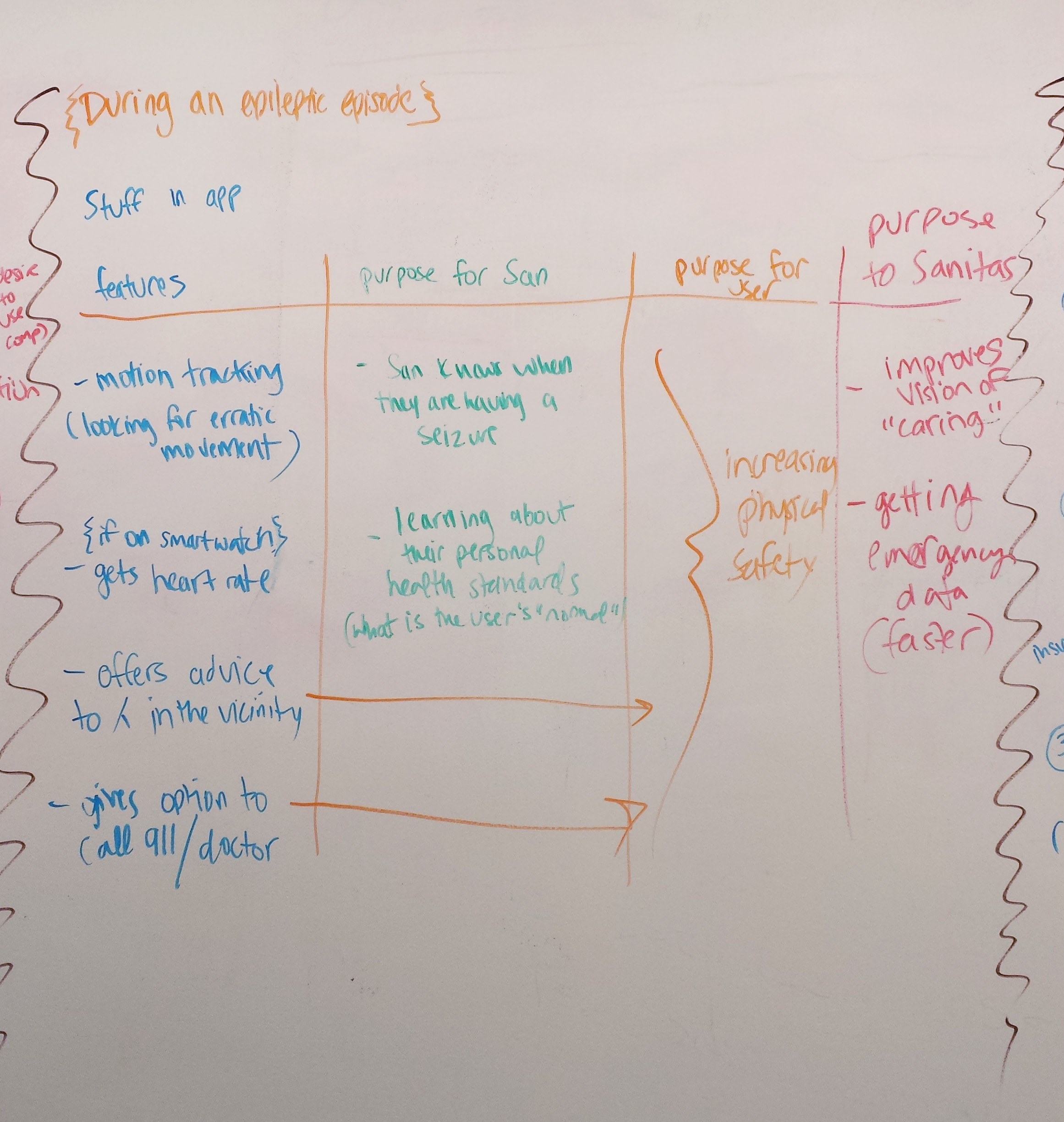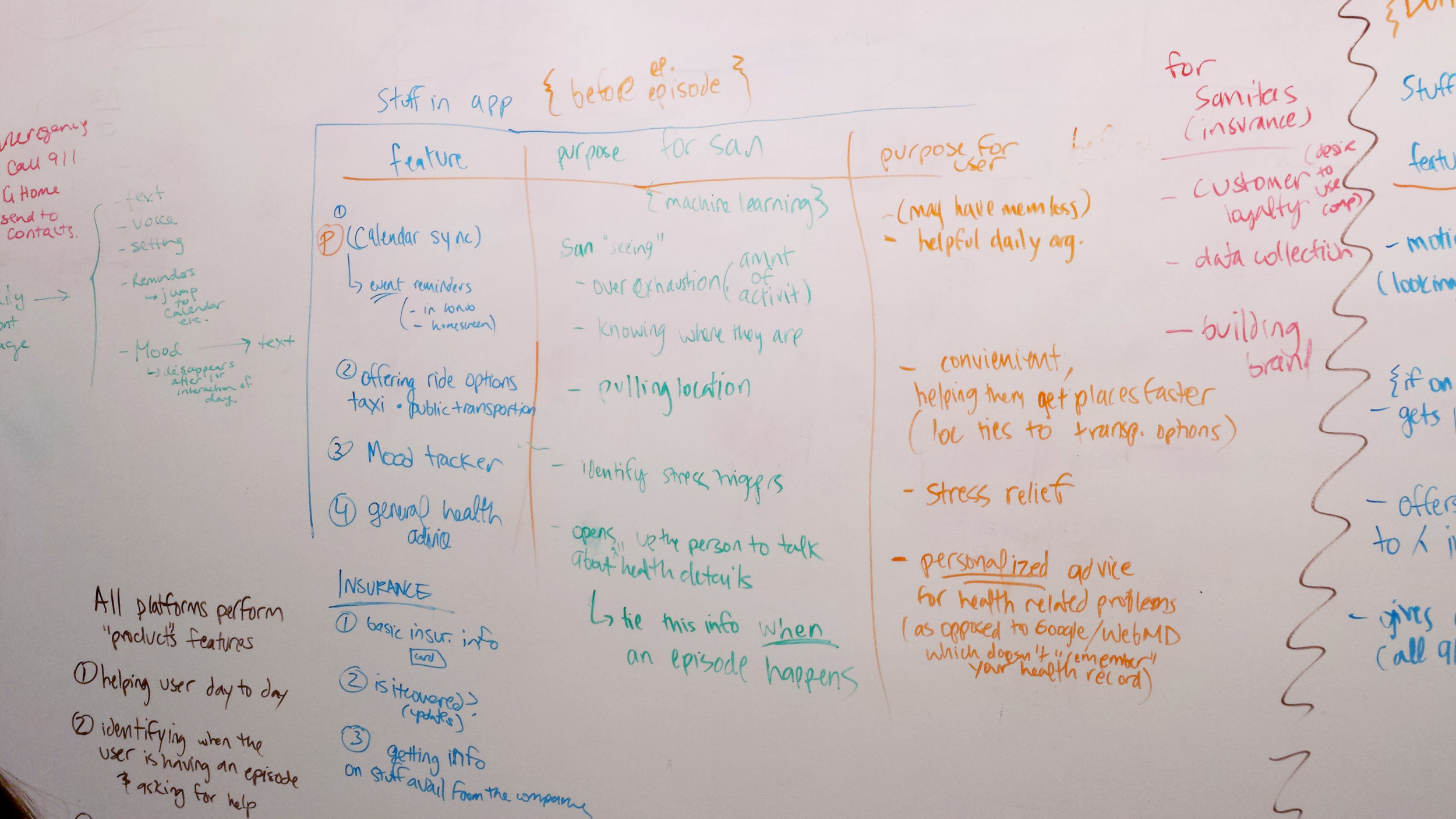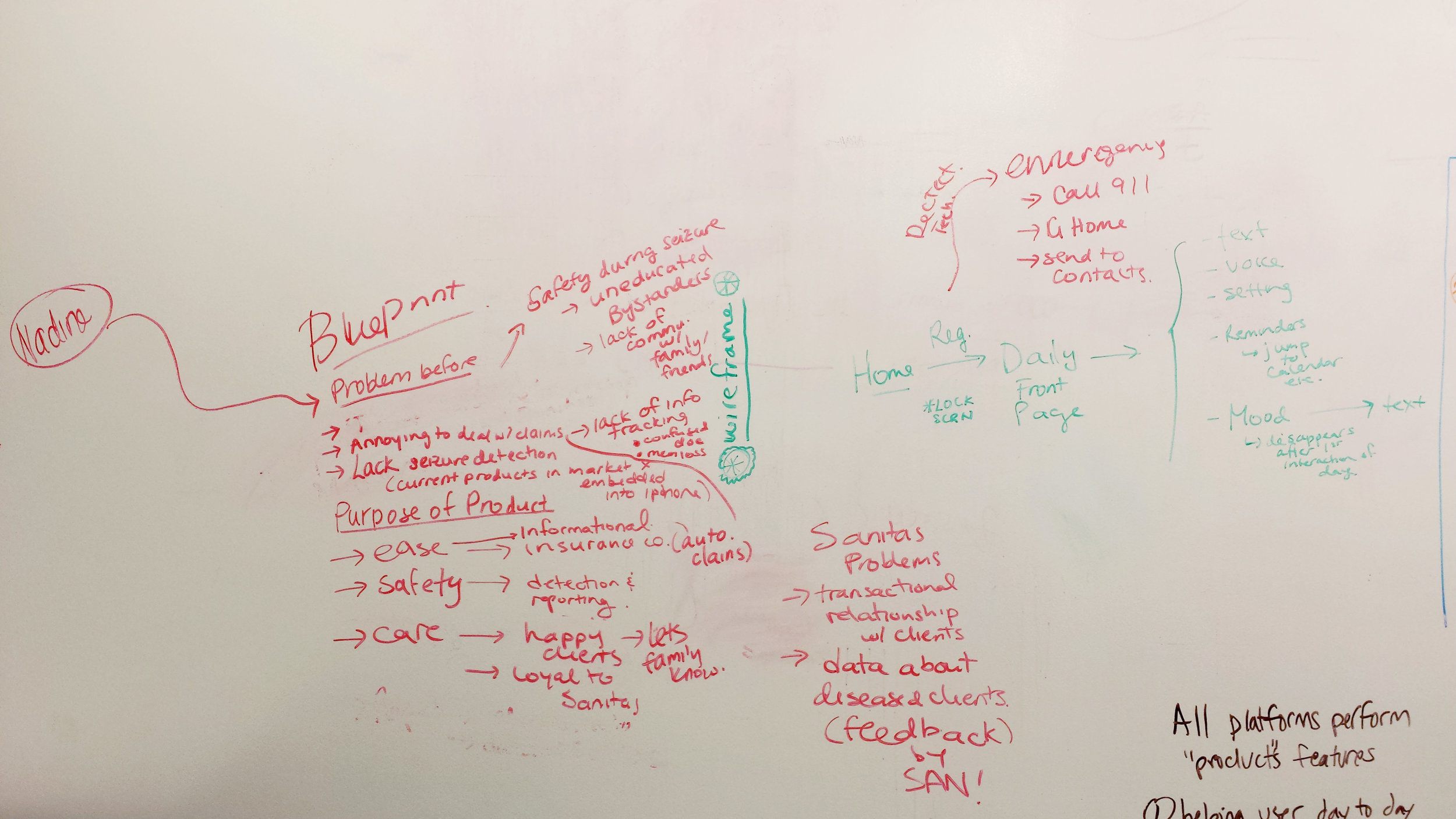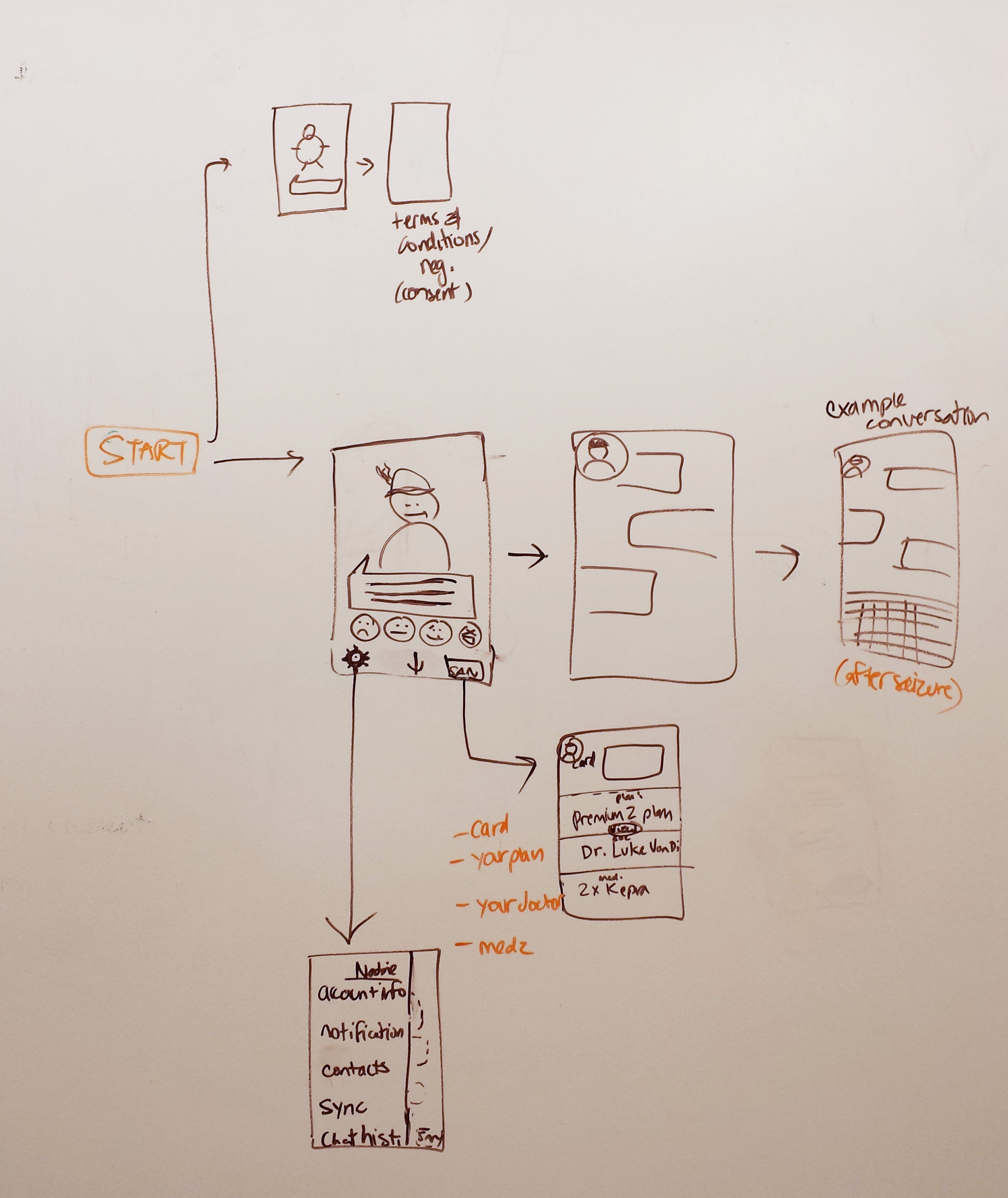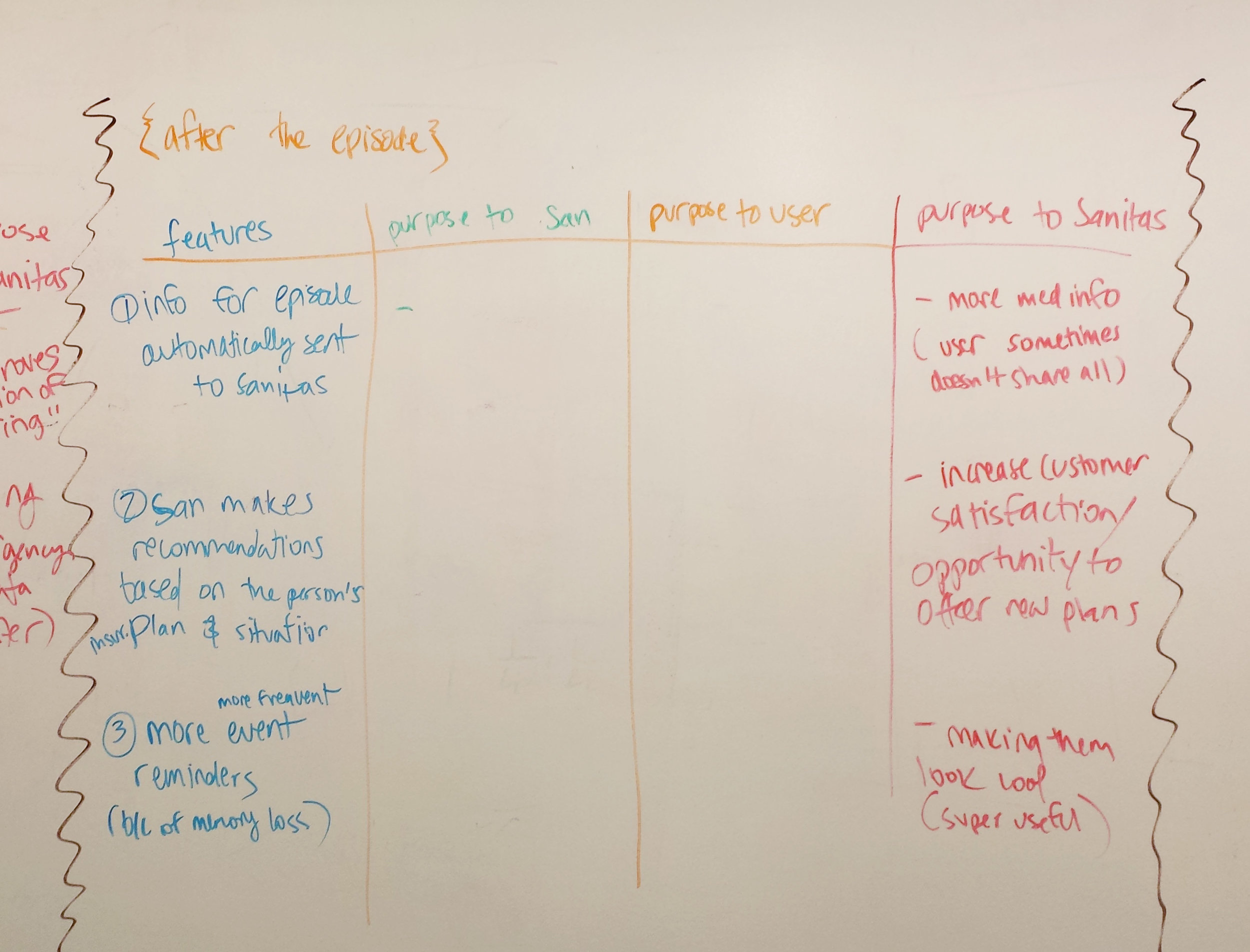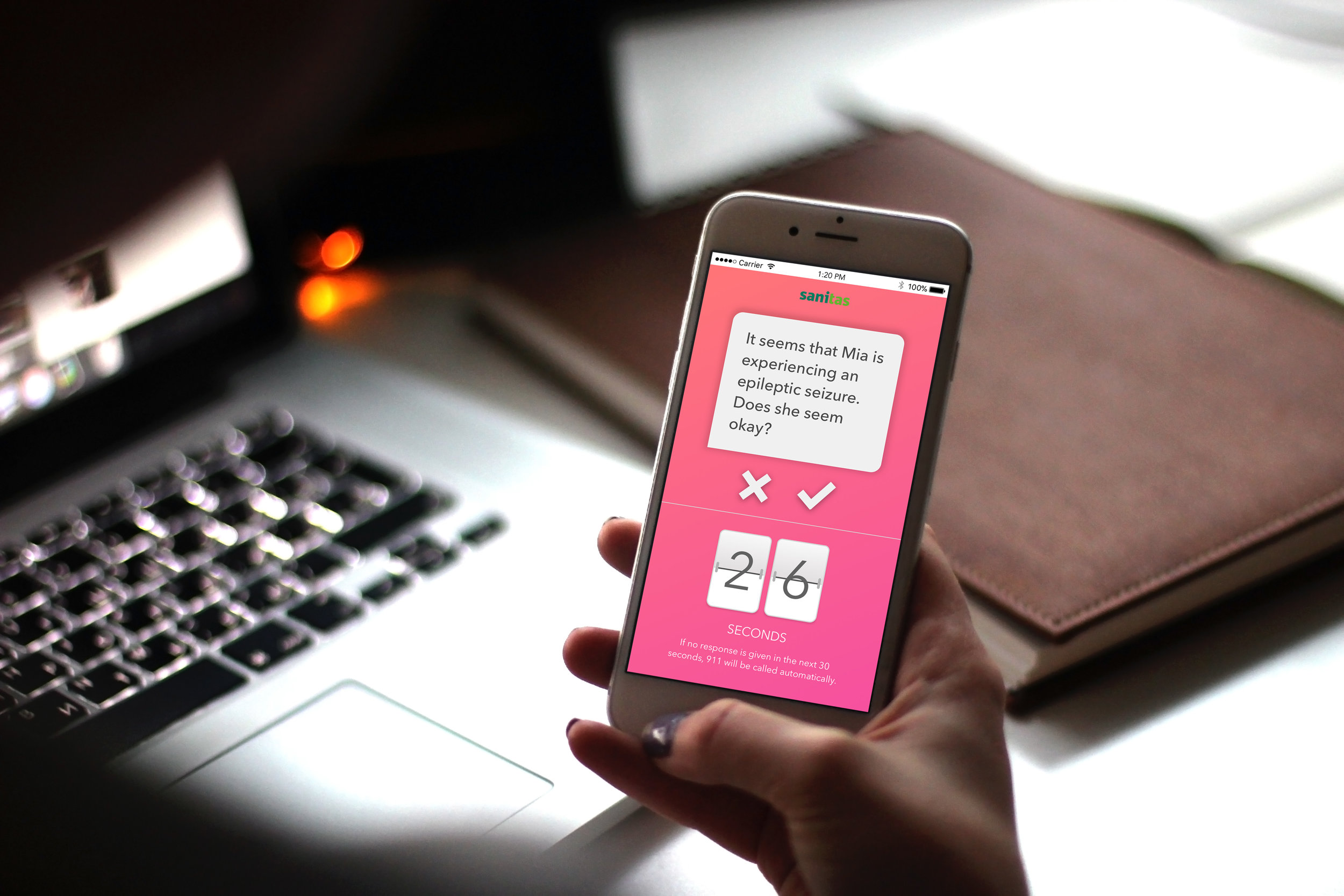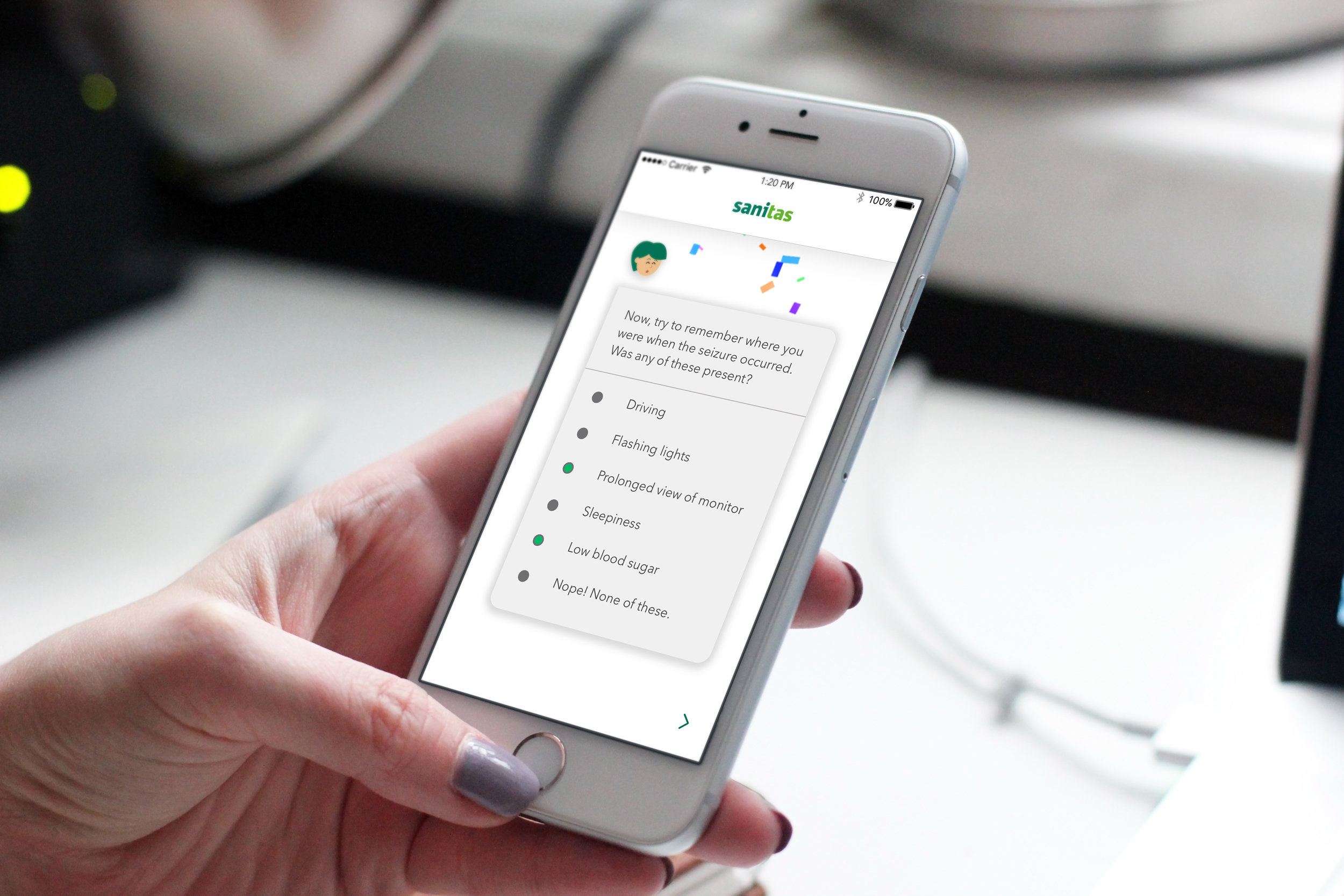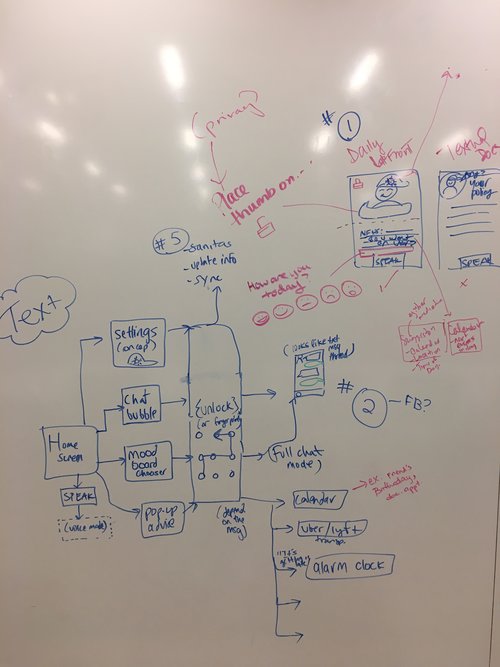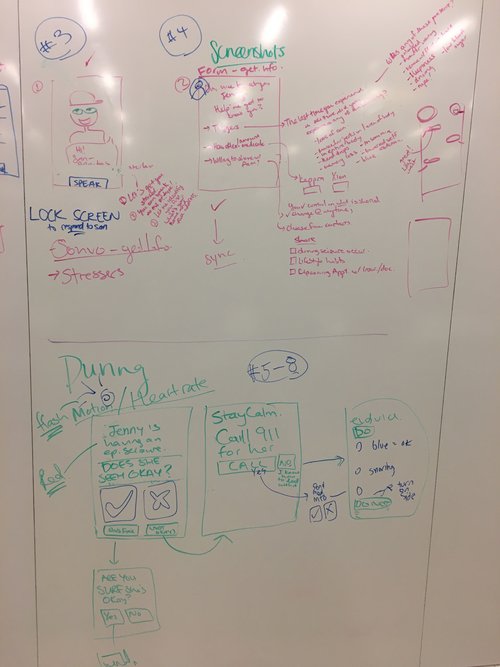Health insurance and health carer in one.
Let's say you are a patient with a chronic illness -- you're a millennial, and you've lived with epilepsy your entire life. Now, what if your health insurance company supported not only your wallet, but also your physical and emotional well-being?
Meet San, your bud from Sanitas Health Insurance.
From medications to a ketogenic diet, life with epilepsy can be pretty high maintenance, even on a daily basis.
That's why San is there for you everyday, reminding you to take your Keppra, calling Ubers for you when epilepsy makes driving unsafe, and booking check-ins with the Doc when you need them. He's always down for a chat to adapt to your needs.
More smart caring than your health app.
Where were you the last time you had a seizure? Was it a stressful day at work? Had you been staring at your laptop screen for too long?
While the cause of your condition may indeed remain a mystery even to your doctor, analyzing seizure triggers unique to you increases the predictability of future occurrences. From there, steps can be taken for prevention.
San learns about you overtime, to provide personalized support.
San comes in clutch when you need him.
When a seizure occurs, muscle jerks and loss of consciousness make you dependent on the aid of others.
San detects the seizure, and helps bystanders help you: he lets them know what to do. In the meantime, San calls 911, and contacts your designated caregivers.
San can also be voice-activated in Google Home, so that family members can get help for you, device-free.
Let San deal with the nasty insurance paperwork.
You have enough health-related concerns. So let San fill out the claims forms for you -- all you need to do is chat with him.
How San Works
System Stakeholders
Designing San
Creating a human-centered experience for Sanitas clients, while satisfying Sanitas' business needs to increase client loyalty.
Problem Analysis
The nature of the traditional relationship between health insurance companies and clients is transactional at best. The thought of health insurance companies invokes imagery of endless claims papers, and frustrating customer support calls.
Digital Ecosystems at Sanitas gave my design team a challenge: How can we combat this image and increase client loyalty for Sanitas?
Design Thinking & Research
What Sanitas needs is not another rewards system, nor a more "lightweight" UI for its claims forms.
We believe that in order to increase client loyalty, Sanitas needs to transform its entire method of interaction with its clients. A Sanitas product that serves all health-related pain points of clients -- beyond solely insurance -- would in turn strengthen client loyalty for Sanitas.
Ideation & Design Phase
We began to ideate with our idea of an AI personal assistant, that will provide the user emotional and practical support all dimensions of her life that are affected by her chronic illness.
As a result of our research and ideation process, we paid attention to gamification, natural language, accessibility, sticky integration into user's daily routines, and trust-building between user and San.
Final Product
We delivered the San for Sanitas app prototype, a chatbot prototype, and a Google Home prototype, to Hana Disch, Sanitas Digital Ecosystems Manager, and her team. We used the below prototyping tools:
DialogFlow (text and voice chatbot), Sketch/Marvel/Invision (app), LittleBits (motion detection)
Problem Analysis
"Sick bank" -- that's the direct translation of "health insurance company" from Swiss German.
Indeed, the nature of the traditional relationship between health insurance companies and clients is transactional at best. Customers rarely engage with health insurers unless if something has gone terribly wrong. The thought of health insurance companies invokes images of endless claims papers, and frustrating customer support phone calls.
How can we change this image for Sanitas, a leading Swiss health insurer?
What Sanitas needs is definitely not another rewards system, nor a more "lightweight" UI for its claims forms. We believe that in order to increase client loyalty, Sanitas needs to transform its entire method of interaction with its clients.
How can we improve user experience by addressing their pain points, while satisfying Sanitas' business needs?
Design Thinking & Research
We began picking at the problem with a human-centered approach:
We focused on the patient side, particularly on patients with chronic illnesses. We looked into their experience and pain points when dealing with their illness -- on a daily basis, during emergency situations, and throughout their interactions with the insurer. We focused our design toward a particular chronic illness: epilepsy.
Our research included interviewing a patient of epilepsy over the phone, viewing Youtube videos of epileptic episodes (the only way to conduct ethnographic research on this issue), and reviewing primary accounts of patients on epilepsy-support websites. Gaining knowledge of patient pain points with epilepsy and the existing assistive technology was essential to us, in order to build something that would address real needs.
Clients deserve a new experience where their health insurer becomes a health carer -- an entity that is present through times of health and sickness, providing constant emotional, practical, and of course, financial, support.
In other words, we hope to invent a new experience for users when dealing with their insurer -- one that supports not only insurance-related, but all health-related concerns. After attending a presentation by Felix Rosenberg, Head of AI and Machine Learning at Swiss Telecom, about the current state and future potential of AI, we became particularly interested in exploring the role that AI technology can play in supporting chronically-ill patients, on a daily basis. We began formulating ideas about a conversational agent in our design.
Ideation & Design Phase
We began moving forward with our idea of an AI personal assistant, that will provide the user personalized, long term, and emotional support, in multiple dimensions of her life affected by her chronic illness.
Wireframes & Lo-fi
Ideation
User Personas
Final Interactive Prototype
We delivered the San for Sanitas app prototype, a chatbot prototype, and a Google Home prototype, to Hana Disch, Sanitas Digital Ecosystems Manager, and her team. The prototyping tools we used were: Sketch/Marvel/Invision (app), DialogFlow (text and voice chatbot), LittleBits (motion detection).
Thoughts Moving Forward
Selecting epilepsy as the chronic disease to focus on for this product was challenging and eye-opening in many ways. Epilepsy is unique in that, unlike other common types of chronic diseases, patients are completely incapable to independently call for help during an attack. This makes patients dependent on the aid of others — to be positioned in a way that prevents chocking, to be kept from bumping into hazardous objects while muscle jerks take place. Visualizing the user’s journey as three stages: before an attack (daily), during an attack, and after an attack, helped us frame our design. It made it clear that, for the “during attack” stage, an assistive service has no use for the user herself — but should rather essentially turn into a service for bystanders to call for help. Designing for epilepsy patients expanded my view of what “accessibility in technology” can mean.
The increasing prevalence of AI technology forces us to think more about how AI can be better, and more seamlessly, integrated into people’s lives — as well as how we can let users feel comfortable with letting AI into their lives. While designing San, we ran into the same challenge: how can we extend users’ trust in sharing private health information with San? How can we better encourage users to interact with San on a constant basis, so that San can scrape the information he needs to support the user? Under a time crunch, the answers that we came up with were to provide a gamified, casual experience, with a fun character like San that possesses natural, emotional language, and friendly UI. We also believed that patients would be willing to trade their information for the safety that San can provide, during dire circumstance. However, with more time, we would think on how to be transparent with users about this trade-off, while encouraging them to opt-in to the service.

